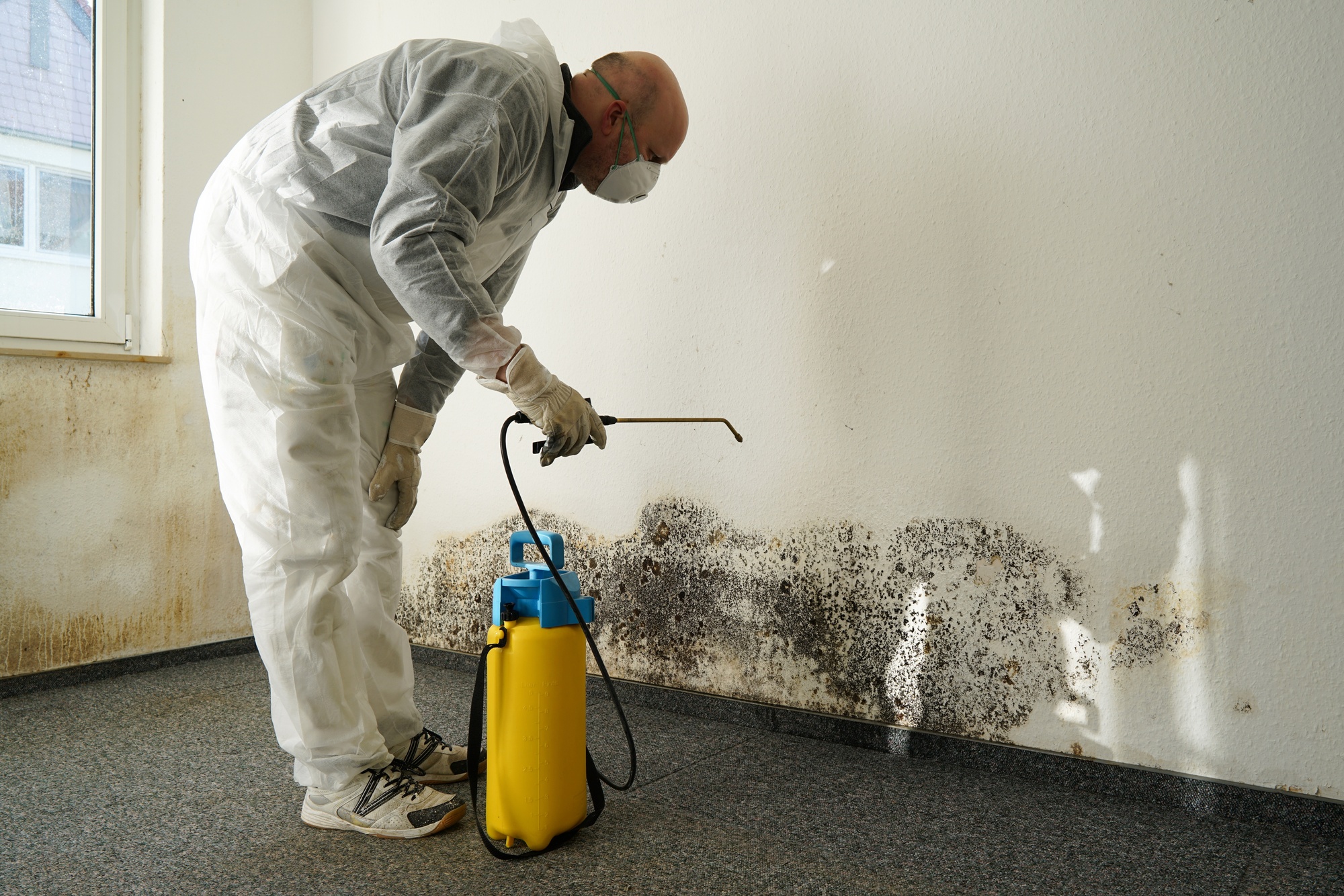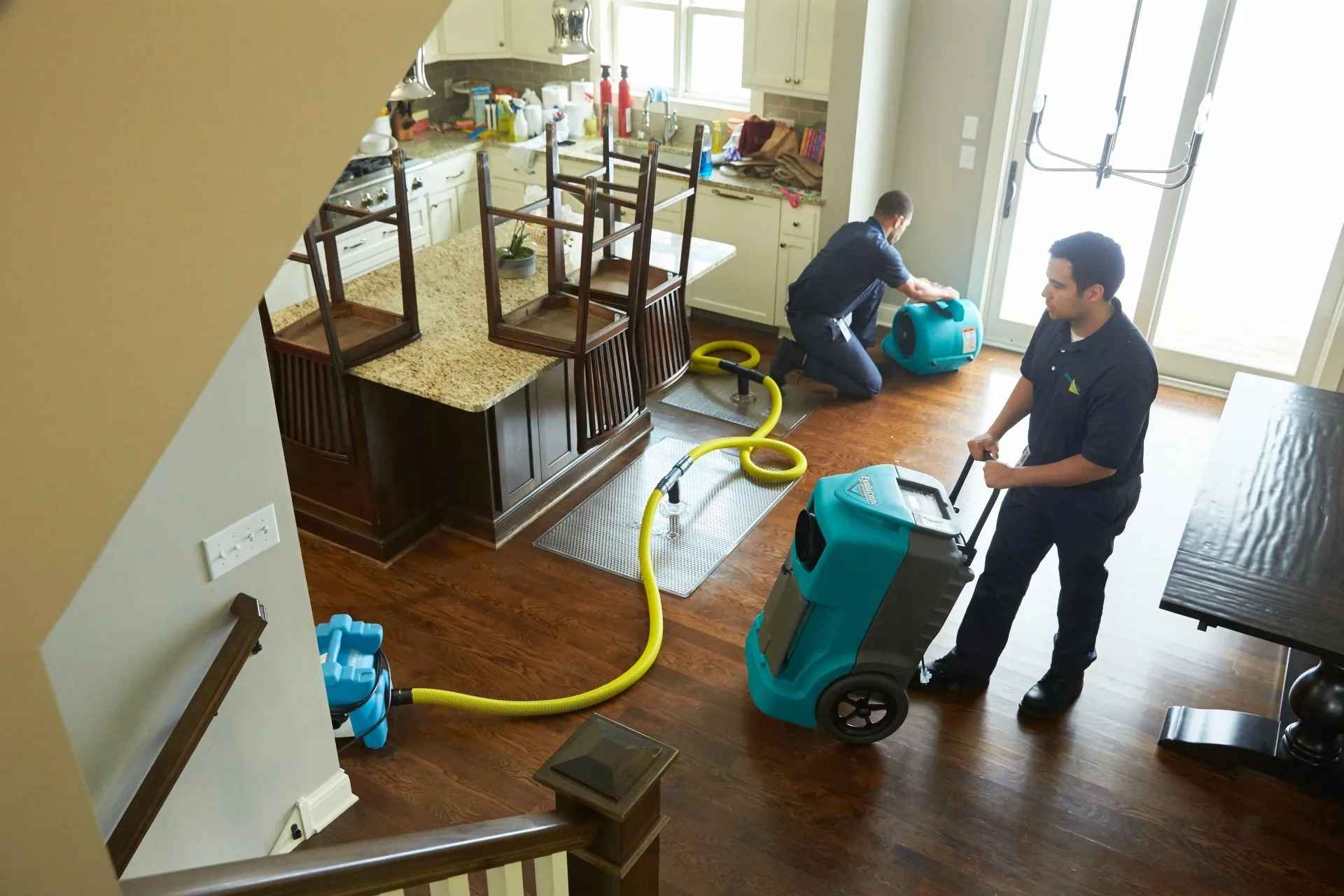Water Damage Restoration 101: Comprehending the Process and Price
Water damage can strike suddenly, leaving home owners in a state of confusion. Recognizing the restoration process is important for reliable recuperation. From examining the damage to picking the appropriate company, each action affects the overall outcome and cost. Variables such as the sort of water damage and urgency additionally play a substantial function. What are the particular methods utilized in reconstruction, and just how can one plan for prospective expenses?
Sorts Of Water Damage
Water damage can develop from different sources, each offering distinct challenges for repair. The three main kinds of water damage are categorized based on contamination degrees: tidy water, grey water, and black water. Clean water stems from resources like broken pipes or rain, presenting marginal health and wellness dangers. Gray water, which consists of wastewater from sinks or cleaning makers, consists of impurities that might cause discomfort or illness if consumed. Black water, the most dangerous category, comes from sewage or floodwaters, having harmful bacteria and microorganisms. Each kind demands details reconstruction techniques and safety measures to successfully address the damage and reduce health risks. Understanding these differences is vital for house owners and specialists associated with the water damage reconstruction procedure.
Preliminary Analysis and Inspection
A thorough first evaluation and inspection are important action in the water damage repair process. This phase starts with a specialist evaluating the degree of the damage, determining the source of the water invasion, and establishing the type of water entailed - Water Damage Restoration. Specialists make use of specific devices to measure wetness levels in different products, such as wall surfaces, floors, and furnishings. Furthermore, they examine structural stability and possible health risks, consisting of mold and mildew growth. The findings from this assessment notify the reconstruction plan, guiding essential actions and source allotment. Precise documentation of the damage is vital for insurance policy cases and future recommendation. Generally, this preliminary evaluation prepares for efficient reconstruction, guaranteeing a thorough action to the specific situation handy

Water Removal Techniques
Complying with the first evaluation, effective water removal strategies are employed to minimize damage and prevent additional problems. These strategies include using specific tools such as industrial-grade vacuum cleaners and completely submersible pumps. The selection of approach relies on the volume of water existing and the kind of products influenced. For standing water, submersible pumps are commonly made use of for rapid elimination, while vacuum cleaners are optimal for extracting water from carpets and upholstery. Additionally, progressed techniques like water extraction floor coverings might be used for hard-to-reach areas. The goal is to eliminate as much water as possible, minimizing the potential for mold and mildew development and architectural damage. Prompt and effective water extraction is important in the general water damage restoration process.
Drying Out and Dehumidification Process
When the water removal is total, the drying and dehumidification process becomes critical to bring back the damaged location. This phase commonly employs industrial-grade dehumidifiers and air movers to effectively reduce dampness degrees. The dehumidifiers draw in moist air, getting rid of excess moisture, while air moving companies distribute air to speed up dissipation. Surveillance tools is typically utilized to track moisture and temperature degrees, making certain excellent drying problems. The period of this procedure can vary depending on the level of the water damage and ecological factors. It is vital to thoroughly dry all influenced materials, consisting of walls, floor covering, and furnishings, to stop mold and mildew development and architectural damage. Proper implementation of this action is crucial for an effective restoration outcome.
Cleansing and Disinfecting Damaged Areas

First Assessment and Inspection
Prior to beginning any kind of restoration initiatives, a detailed preliminary analysis and assessment of the impacted areas are essential for efficient cleaning and disinfecting. This process involves recognizing the extent of water damage, identifying the resource of the water breach, and reviewing the materials influenced. Assessors generally seek indications of mold and mildew development, structural honesty concerns, and harmed personal belongings. The analysis additionally includes checking wetness find out this here degrees using customized devices to assure no surprise water pockets stay, as these can result in more problems. Documenting the findings is important for preparing the following steps in the reconstruction procedure. A thorough preliminary analysis makes it possible for remediation professionals to create a targeted method for efficient cleaning and sterilizing, eventually reducing damage and wellness threats.
Cleaning Strategies and Products
Reliable cleaning and sterilizing of water-damaged locations call for a variety of techniques and items customized to the details products affected. For porous surface areas like drywall and carpets, removal techniques are necessary to eliminate excess dampness, complied with by deep cleansing with specialized detergents. Non-porous products such as ceramic tile or steel can be cleansed making use of commercial-grade cleaners that effectively remove contaminants. Heavy steam cleaning is an additional reliable method, especially for carpetings and furniture, as it uses high temperature levels to get rid of microorganisms and mold and mildew. Furthermore, environmentally friendly products are significantly preferred for their safety and security and effectiveness. Inevitably, choosing the proper cleansing approaches and items not only ensures instant tidiness yet also aids in stopping additional damage and carcinogen connected with water breach.
Sanitization and Disinfection Techniques
When addressing water damage, appropriate sanitization and sanitation approaches are important to ensure the safety and wellness of the affected setting. After first cleaning, surface areas must be treated with proper anti-bacterials to remove microorganisms, mold, and microorganisms that flourish in wet problems. Typical methods consist of the use of EPA-approved chemical disinfectants, which can be used through spraying or wiping strategies. Furthermore, ultraviolet (UV) light systems can properly sterilize areas by counteracting microbes without harsh chemicals. The selection of technique frequently relies on the sort of products influenced and the degree of contamination. Ultimately, thorough sanitization not only recovers a secure space but also assists avoid future wellness risks related to lingering dampness and mold development.

Repair Work and Restoration Options

Factors Affecting Restoration Expenses
The degree of water damage straight influences the repair costs property owners can expect to incur. Elements such as the source of the water, the duration of direct exposure, and the damaged products significantly affect prices. Clean water damage from a broken pipe is usually much less expensive to bring back contrasted to damage created by sewage (Flood Cleanup Services). Additionally, the level of contamination dictates the requirement for specialized cleaning and disposal solutions, further enhancing expenses. Geographical location additionally contributes, as local labor prices and availability of remediation solutions can differ. The seriousness of the response impacts expenses; quicker treatments normally lead to reduce overall costs by preventing additional damage. Recognizing these aspects is essential for property owners when approximating restoration expenses
The 3 key types of water damage are categorized based on contamination levels: clean water, gray water, and black water. An extensive initial evaluation and inspection are crucial actions in the water damage remediation procedure. For standing water, completely submersible pumps are commonly utilized for quick elimination, while vacuum cleaners are suitable for drawing out water from carpetings and upholstery. The level of water damage straight impacts the repair costs home owners can expect to sustain. Clean water damage from a broken pipeline is usually much less costly to restore compared to damage created by sewage.